Peru’s Señor de los Milagros – A Religious Tradition
Peru’s Señor de los Milagros procession stands as a deeply rooted religious tradition that captivates the hearts of thousands of devotees annually in Lima and beyond. This revered event holds a special place in the hearts of Peruvians, symbolizing faith, unity, and spiritual devotion.
The origins of the Señor de los Milagros tradition date back to the 17th century, with a miraculous image of Christ surviving natural disasters and becoming a symbol of hope for the people of Peru. Over the centuries, this procession has evolved into a powerful cultural and spiritual phenomenon that continues to shape the country’s identity.
The Señor de los Milagros image carries profound religious symbolism, representing the enduring presence of divine grace and protection in the lives of believers. The procession itself serves as a solemn reminder of faith and gratitude, as devotees come together to honor and venerate this sacred image.
Each year, the Señor de los Milagros procession unfolds with meticulous detail, following a designated route through the streets of Lima. Participants engage in age-old rituals and traditions, creating a sense of unity and reverence that permeates the atmosphere with solemnity and devotion.
Devotees actively participate in the procession by carrying the heavy anda, a large platform bearing the image of Christ, and donning purple robes as a symbol of penance and humility. This act of physical and spiritual devotion reflects the deep connection between the faithful and their religious beliefs.
The cultural impact of the Señor de los Milagros tradition extends beyond religious boundaries, influencing art, literature, and social gatherings throughout Peruvian society. This revered image serves as a unifying symbol that transcends differences, bringing people together in celebration of their shared faith and heritage.
Despite its deep roots in Peruvian culture, the Señor de los Milagros tradition has gained global recognition, with Peruvian communities around the world honoring their faith and heritage through this sacred practice. This widespread acknowledgment highlights the universal appeal and enduring significance of this religious event.
Countless miracles and personal testimonials are attributed to the Señor de los Milagros, showcasing the unwavering belief in divine intervention and spiritual blessings associated with the image. These stories of faith and healing serve as a testament to the enduring power of this sacred tradition in the lives of believers.
Looking ahead, the Señor de los Milagros tradition continues to evolve and resonate with new generations, preserving its deep-rooted religious legacy while embracing modern interpretations and expressions of faith. As the procession adapts to changing times, its core message of hope, unity, and spiritual renewal remains unwavering.
Origin and History
Exploring the significance and history of Peru’s Señor de los Milagros procession, a deeply rooted religious tradition that attracts thousands of devotees each year in Lima and beyond.
The origins of the Señor de los Milagros can be traced back to the 17th century in Lima, Peru, when a massive earthquake struck the city, leaving destruction in its wake. Amidst the rubble, a mural of Christ miraculously remained intact, giving hope and solace to the devastated residents. This event marked the beginning of the revered image’s significance, as it was believed to have performed miracles and granted blessings to those who devoutly venerated it.
Over the centuries, the devotion to the Señor de los Milagros grew, becoming a symbol of faith and resilience for the Peruvian people. The image’s history is intertwined with tales of divine intervention and miraculous occurrences, solidifying its place as a central figure in the country’s religious landscape.
The Señor de los Milagros procession, also known as the Lord of Miracles, has become an integral part of Peruvian culture, transcending religious boundaries to unite people in prayer and reverence. The annual procession takes place in October, drawing devotees from all walks of life to participate in this sacred tradition.
Through its rich history and enduring presence, the Señor de los Milagros continues to be a beacon of hope and spirituality for the people of Peru, carrying forward the legacy of faith and devotion that has defined this religious tradition for generations.
Religious Symbolism
The Señor de los Milagros holds profound religious symbolism that resonates deeply with believers. The image of the Lord of Miracles is not merely a representation but a sacred emblem of faith and divine protection. It symbolizes hope, healing, and miracles, serving as a beacon of spiritual guidance for those in need. The color purple, prominently featured in the procession, signifies penance and humility, reminding devotees of the importance of repentance and devotion in their spiritual journey.
Furthermore, the intricate details of the Señor de los Milagros image itself carry significant symbolism. The Christ figure, depicted with outstretched arms, embodies compassion and forgiveness, inviting worshippers to seek solace and redemption in times of hardship. The crown of thorns adorning the image symbolizes the suffering of Christ and serves as a reminder of the ultimate sacrifice made for humanity’s salvation.
During the procession, the act of carrying the heavy anda symbolizes the burdens and challenges that individuals carry in their lives, urging them to find strength and resilience through faith. The rhythmic swaying of the anda represents the collective journey of believers, united in their devotion and unwavering faith in the Lord of Miracles.
Procession Details
The Señor de los Milagros procession in Peru is a deeply revered event that holds immense significance for the country’s religious community. This annual procession, also known as the Lord of Miracles, takes place in October, drawing thousands of devotees who come together to pay homage to the revered image. The procession follows a specific route through the streets of Lima, with participants walking alongside the anda, a large float carrying the image of the Señor de los Milagros.
As the procession moves through the city, participants engage in various rituals and traditions that have been passed down through generations. One of the most striking aspects of the event is the sea of purple that floods the streets, as devotees don purple robes as a symbol of their faith and penance. The color purple holds special significance in this context, representing the suffering of Christ and the devotion of his followers.
Along the route, onlookers gather to witness the procession, often offering prayers and flowers to the image of the Señor de los Milagros as it passes by. The atmosphere is one of solemnity and reverence, with the sound of hymns and prayers filling the air. The procession culminates at the Las Nazarenas church, where a special mass is held to honor the Lord of Miracles.
Participation in the Señor de los Milagros procession is not limited to devout followers; people from all walks of life come together to be a part of this deeply spiritual event. The sense of community and shared faith that permeates the procession is palpable, creating a profound sense of unity among participants.
Overall, the procession details of the Señor de los Milagros offer a glimpse into the rich tapestry of Peruvian religious tradition and cultural heritage. It is a time-honored event that continues to captivate the hearts and minds of those who take part, embodying the enduring spirit of faith and devotion that defines this sacred tradition.
Devotee Participation
Devotee participation in the Señor de los Milagros procession is a central aspect of this revered tradition. Each year, thousands of faithful followers actively engage in the solemn event, demonstrating their deep devotion and commitment to their faith. One of the most striking displays of participation is the carrying of the heavy anda, a large platform bearing the image of the Señor de los Milagros. This symbolic act symbolizes the believers’ willingness to carry their burdens and share in the suffering of Christ.
Furthermore, devotees dress in purple robes during the procession as a sign of penance and humility. The color purple holds significant religious symbolism, representing mourning, repentance, and the royalty of Christ. By wearing these robes, participants not only show their reverence for the image of the Señor de los Milagros but also express their willingness to walk in the footsteps of Christ and seek spiritual renewal.
Devotees actively engage in prayers, hymns, and rituals throughout the procession, creating a sense of unity and spiritual connection among the participants. The atmosphere is filled with reverence and solemnity as believers come together to honor the miraculous image and seek blessings for themselves and their loved ones. The participation of devotees is not merely a physical act but a profound expression of their faith and devotion to the Señor de los Milagros.
Cultural Impact
Peru’s Señor de los Milagros procession has had a profound on Peruvian society, transcending religious boundaries to influence various aspects of art, literature, and social gatherings. The vibrant imagery and symbolism associated with the revered image have inspired countless artists to depict the miraculous events and spiritual devotion surrounding the procession. From intricate paintings to elaborate sculptures, the Señor de los Milagros tradition has become a central theme in Peruvian art, reflecting the deep-rooted faith and reverence of the devotees.
Moreover, the annual procession serves as a unifying force that brings communities together in a shared celebration of faith and heritage. The colorful displays, traditional music, and festive atmosphere during the procession create a sense of camaraderie and solidarity among participants, fostering a strong sense of cultural identity and belonging. Families and friends gather to pay homage to the Señor de los Milagros, reinforcing bonds and traditions that have been passed down through generations.
Additionally, the cultural impact of the Señor de los Milagros tradition extends beyond artistic expression to influence literary works that explore themes of faith, miracles, and devotion. Writers and poets draw inspiration from the spiritual symbolism of the image, weaving narratives that reflect the enduring significance of the procession in Peruvian culture. Through storytelling and poetry, the profound impact of the Señor de los Milagros tradition is preserved and shared with audiences both locally and internationally.
Global Recognition
The Señor de los Milagros tradition in Peru has garnered significant over the years, transcending borders and uniting Peruvian communities worldwide in a shared celebration of faith and heritage. This religious practice, deeply rooted in Peruvian culture, has found resonance among expatriates and immigrants who continue to uphold the tradition in their adopted countries, keeping the spirit of devotion alive beyond the borders of Peru.
Peruvian communities in various parts of the world, from the United States to Europe and beyond, come together to honor the Señor de los Milagros through their own processions, gatherings, and religious ceremonies. These events serve as a powerful reminder of the enduring influence of the tradition and its ability to forge connections among individuals separated by distance but united in their shared reverence for the revered image.
Through the of the Señor de los Milagros tradition, the rich tapestry of Peruvian culture is woven into the fabric of diverse societies, fostering a sense of belonging and community among those who carry the legacy of their ancestors. The image of the Señor de los Milagros serves as a unifying symbol that transcends linguistic, cultural, and geographical barriers, embodying the enduring spirit of faith and devotion that knows no bounds.
Miracles and Testimonials
When it comes to the Señor de los Milagros tradition in Peru, miracles and testimonials play a significant role in reinforcing the faith of believers. Countless miraculous events have been attributed to the revered image of Señor de los Milagros, ranging from physical healings to financial blessings. These miracles serve as a testament to the power of faith and the deep spiritual connection that devotees have with the image.
One of the most famous miracles associated with the Señor de los Milagros is the story of a devastating earthquake that struck Lima in the 17th century. As the earthquake ravaged the city, a large wall collapsed on a group of devotees who were carrying the image in procession. Miraculously, the image remained intact, protecting the devotees from harm. This event solidified the belief in the protective and miraculous powers of Señor de los Milagros.
Over the centuries, countless individuals have shared their personal testimonials of experiencing divine intervention and blessings through their devotion to the Señor de los Milagros. These testimonials often recount moments of despair or hopelessness that were transformed into instances of grace and miracles after seeking the intercession of the image. Such stories serve as a source of inspiration and encouragement for believers, reaffirming their faith in the miraculous nature of the Señor de los Milagros.
Furthermore, the annual procession of Señor de los Milagros itself is considered a miraculous event by many devotees. The sheer magnitude of the procession, the unity among participants, and the palpable sense of spirituality that permeates the event are often described as awe-inspiring and transcendent. Witnessing the collective faith and devotion of thousands of individuals coming together to honor the image is itself seen as a miraculous experience that strengthens the bond between the faithful and the Señor de los Milagros.
Future Outlook
The future outlook of the Señor de los Milagros tradition is filled with both tradition and adaptation. As the world evolves, so does the way in which this religious practice is carried out. While the core beliefs and rituals remain unchanged, there is a growing emphasis on incorporating modern elements to attract younger generations and keep the tradition alive.
One aspect that is likely to evolve is the use of technology in organizing and promoting the procession. With the rise of social media and online platforms, there is an opportunity to reach a wider audience and engage with devotees in new and innovative ways. This digital presence can help spread awareness about the tradition globally and connect Peruvian communities worldwide.
Furthermore, the future of the Señor de los Milagros tradition may see increased efforts to promote inclusivity and diversity. As society becomes more interconnected, there is a push to welcome people from all backgrounds to participate in the procession and experience the spiritual significance of the event. This openness can enrich the tradition and foster a sense of unity among believers.
Additionally, there is a growing interest in sustainability and environmental consciousness, which may influence how the procession is organized in the future. Implementing eco-friendly practices and reducing waste can align the tradition with contemporary values of conservation and stewardship, ensuring that the event remains relevant and respectful of the environment.
In conclusion, the future of the Señor de los Milagros tradition holds a balance between honoring its deep-rooted history and embracing new opportunities for growth and adaptation. By staying true to its core values while evolving with the times, this religious practice can continue to inspire faith, unity, and cultural pride for generations to come.
Frequently Asked Questions
- What is the significance of the Señor de los Milagros procession?
The Señor de los Milagros procession holds deep religious significance in Peru, symbolizing faith, penance, and spiritual devotion. It is a revered tradition that brings together thousands of devotees to honor the image of Christ and seek blessings.
- When does the Señor de los Milagros procession take place?
The Señor de los Milagros procession is held annually in Lima, Peru, during the month of October. The main procession takes place on October 28th, attracting a large crowd of participants and spectators who join in the solemn celebration.
- How can one participate in the Señor de los Milagros procession?
To participate in the Señor de los Milagros procession, individuals can join the procession as devotees, carrying the heavy anda or wearing purple robes as a symbol of faith and penance. It is a deeply spiritual experience that requires reverence and respect for the tradition.
- What is the cultural impact of the Señor de los Milagros tradition?
The Señor de los Milagros tradition has a profound cultural impact on Peruvian society, influencing various aspects of art, literature, and social gatherings. It serves as a unifying force that celebrates faith, heritage, and community among Peruvians.
- Are miracles associated with the Señor de los Milagros image?
Yes, there are numerous miraculous events and personal testimonials attributed to the Señor de los Milagros image. Believers share stories of divine intervention and spiritual blessings received through their devotion to the revered image.
Peru, Señor de los Milagros, religious, tradition, procession, Lima, October, faith., , Peru, Señor de los Milagros, religious, tradition, procession, Lima, October, faith.,
Share this content:
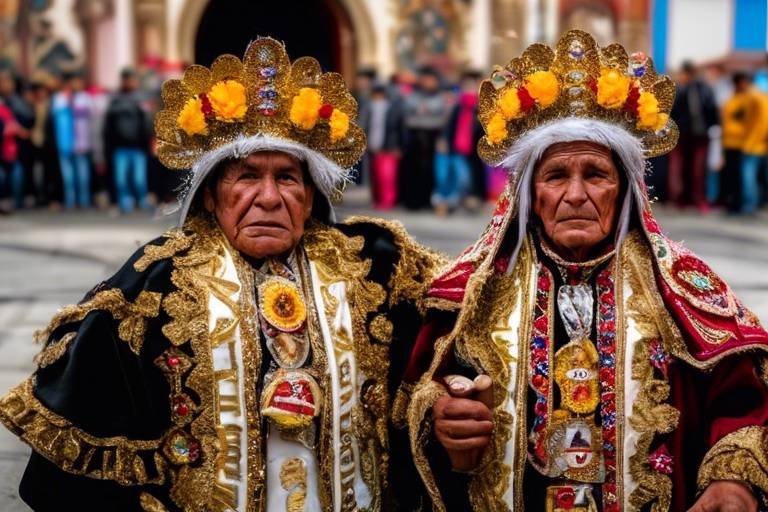
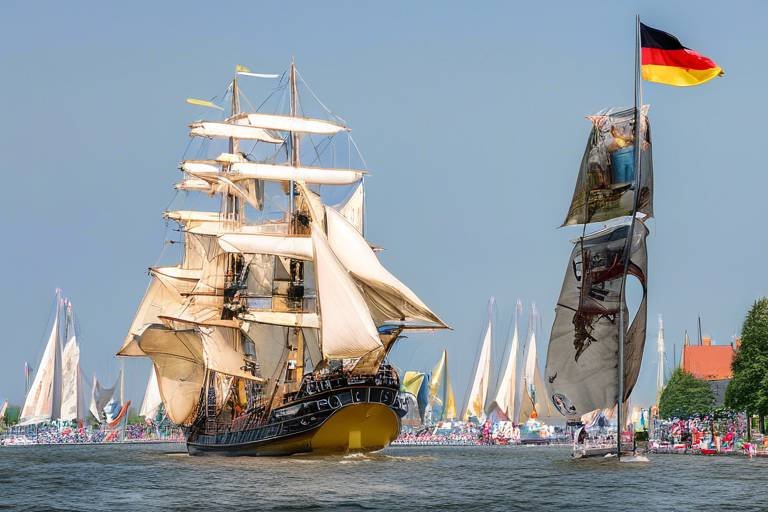
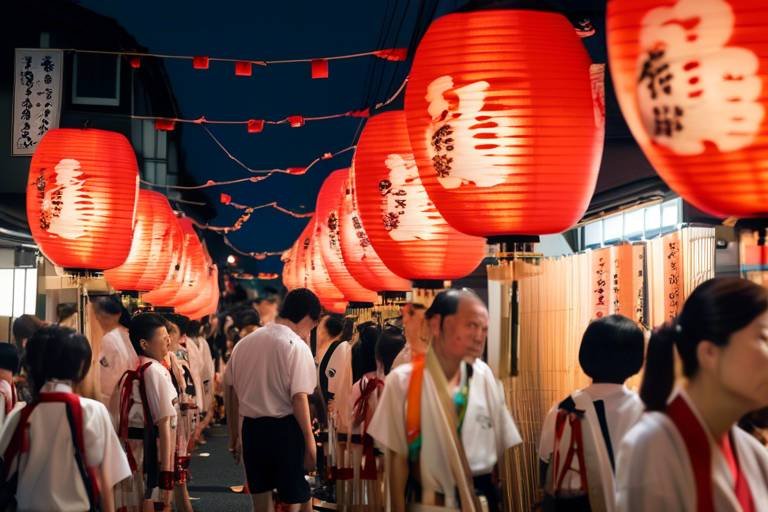

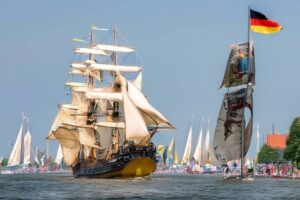

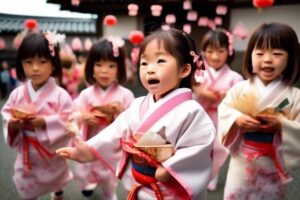



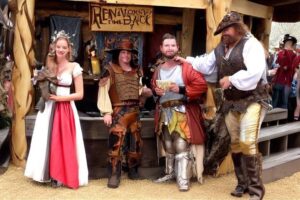
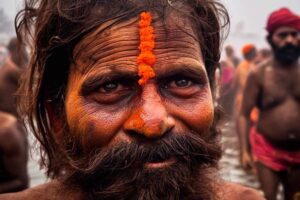
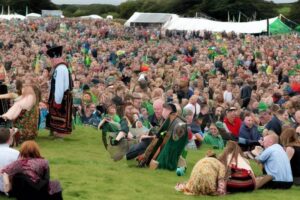
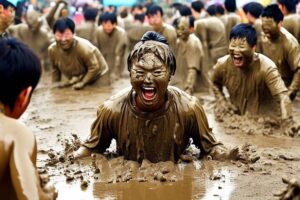
Post Comment